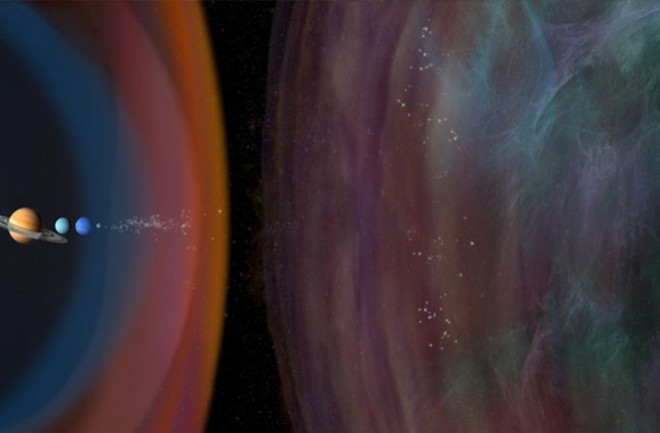On October 31, 1936, six young tinkerers nicknamed the “Rocket Boys” nearly incinerated themselves in an effort to break free of Earth’s gravity. The group had huddled in a gully in the foothills of California’s San Gabriel Mountains to test a small alcohol-fueled jet engine. They wanted to prove that rocket engines could venture into space, at a time when such ideas were widely met with ridicule. That goal was disrupted when an oxygen line caught fire and thrashed around wildly, shooting flames.
The Rocket Boys’ audacity caught the attention of aerodynamicist Theodore von Karman, who already worked with two of them at Caltech. Not far from the location of their fiery mishap, he established a small test area where the Rocket Boys resumed their experiments. In 1943, the site became the Jet Propulsion Laboratory (JPL), and von Karman its first director. JPL has since grown into a sprawling NASA field center with thousands of employees, yet it has managed to retain its founding motivation: test the limits of exploration, convention be damned.
They’ve had many successes over the years. In the early 1970s, JPL engineers built Pioneer 10, the first spacecraft to reach escape velocity from the solar system. A few years later, they followed up with Voyagers 1 and 2, the fastest of the many objects aimed at interstellar space. From the beginning of the Space Age to the launch of the Voyager spacecrafts — a span of just two decades — rocket scientists more than doubled flight speeds. But in the decades since, only one more spacecraft has followed the Voyagers out of the solar system, and nothing has done so at such a high speed. Now JPL’s rocketeers are getting restless again, and quietly plotting the next great leap.
The consistent theme of the new efforts is that the solar system is not enough. It is time to venture beyond the known planets, on toward the stars. John Brophy, a flight engineer at JPL, is developing a novel engine that could accelerate space travel by another factor of 10. Leon Alkalai, a JPL mission architect, is plotting a distant journey that would begin with an improbable, Icarus-esque plunge toward the sun. And JPL research scientist Slava Turyshev has perhaps the wildest idea of all, a space telescope that could provide an intimate look at a far-off Earth-like planet — without actually going there.
These are all long shots (not entirely crazy, according to Brophy), but if even one succeeds, the implications will be huge. The Rocket Boys and their ilk helped launch humans as a space-faring species. The current generation at JPL could be the ones to take us interstellar.

